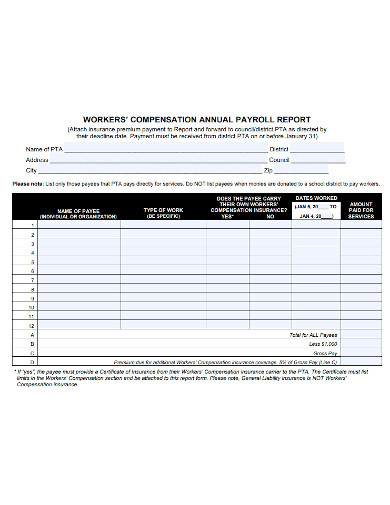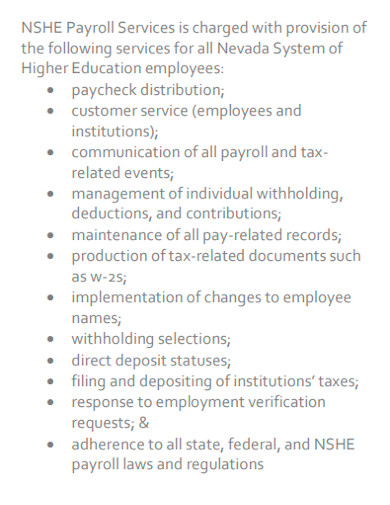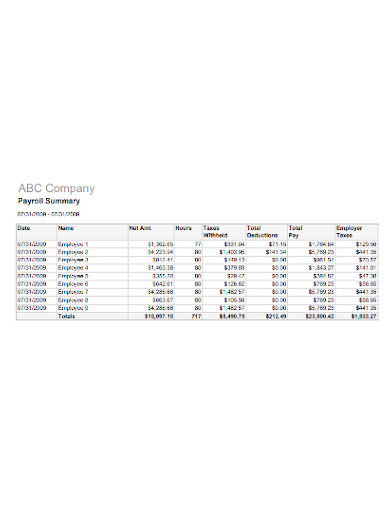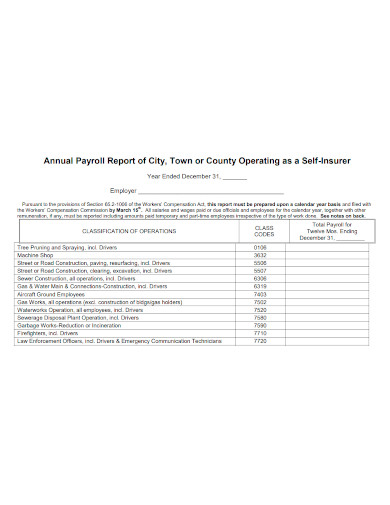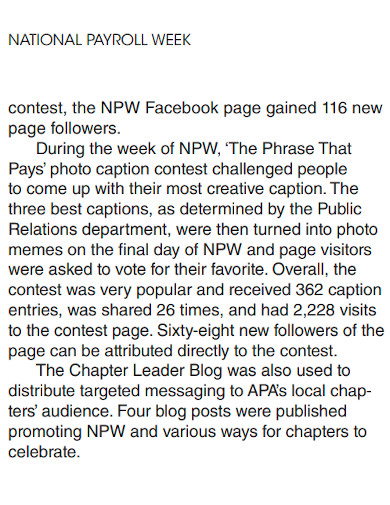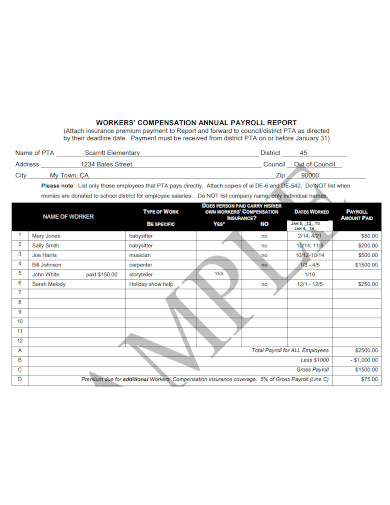Payday is always something that most, if not all, employees look forward to. It always feels good for an employee to receive the fruits of their labor. Not only does a good payroll make sure that employees are earning at their jobs, it also keeps and the people that they are supporting, well, supported. It’s a largely important component in the business and corporate world, to keep the employees paid the amount equal to the work or the nature and impact of the work that they have done. Along with amounts that each employee should receive for the time worked or tasks completed, payroll can also refer to the company’s records or audits or payments that were made previously to employees. It can be wages, salaries, bonuses, and taxes, etc. Given its massive scope and importance to a business, the pressure is always on for employers to keep and distribute a well rounded payroll to all of their employees. Making sure that everyone gets paid their due without sacrificing the budget of the company.
When it comes to running and managing payroll, an employer, or sometimes an HR manager, has a lot of things to mark off their to-do list. They’d have to gather timesheets, distribute pay stubs and pay slips. There can be a lot of steps to consider that go into paying the employees, especially if there are a lot of them. More common in large scale businesses and companies. But their tasks are not quite done yet after paying their employees. They also have to file payroll reports. Payroll reports are documents used to notify government agencies, usually ones that cover employees and taxes, like the IRS, about payroll and employment tax liabilities. Payroll reports summarize a lot of components pertaining to employee tax and finances, making it easier for lenders and government agencies analyze the payroll costs of businesses properly. To find out more what an annual payroll report is, feel free to check out these samples that we have listed for your right below. Once you get the gist of the document, you can then use these samples as guides or even templates for when you are drafting your own report.
5+ Annual Payroll Report Samples
1. Annual Payroll Report Sample
2. Annual Payroll Services Report
3. Employee Annual Payroll Report
4. Standard Annual Payroll Report
5. Formal Annual Payroll Report
6. Workers Compensation Annual Payroll Report
What Is an Annual Payroll Report?
Payroll reports are documents that employers use to check and verify their tax liabilities and cross-check financial data. It includes components such as pay rates, hours worked, overtime accrued, withheld taxes, wages, employer tax contributions, vacation balances, and a whole lot more. These documents provide valuable insights in the workforce that can help employers understand and control labor costs better. They are also widely used in audits or when preparing tax forms for various government agencies. There are several different types of payroll reports depending on the customizations made by the payroll provider to meet the employer’s reporting needs. These are often generated each payroll period, quarterly, and in this case, annually.
What Are the Steps in Payroll Processing
Payroll is one of the more complex tasks a business must complete. It can easily be an overwhelming task due to the scope of things and documents that you have to be able to cover. It’s also quite confusing. To better understand how payroll reports fit into the overall process, you need to know the steps required to completely cover and process payroll, including calculation of employment taxes and submission of tax payments. These steps will be discussed in more detail below.
- Data collection
When a new employee is hired, employers need to collect withholding tax information on several forms, like on FORM W-4. Employers must withhold federal income taxes and may include dollars as well to pay for company provided benefits. - Calculate net pay
The net amount of an employee pay is the gross pay without any tax and benefit payment withholdings. You also need to calculate withholdings for Medicare and Social Security taxes. - Payments
This may be the most important step in here. You must always pay the employee’s wages by check or direct deposit to a bank account. - Reporting
Filed taxes for federal and state tax withholdings must be submitted to the government agencies concerned, IRS and the Department of Revenue. Retirement plan contributions, state unemployment payments, Medicare taxes, and Social Security taxes are reported to their respective entities. - Withheld payments
All of tax and benefit payments are to be forwarded to the taxing authorities, retirement plan firms, and other providers. - Post accounting entries and pay stubs
All transactions or the payroll must be posted to the accounting system in your company. A lot of states require employers to report all of the payroll information to employees on a pay stub.
Keep in mind that the process can change depending on the changes in your business or company. Especially changes in the workforce such as employee promotions, resignations, and new additions.
FAQs
What is payroll?
Payroll is the total compensation a business or company must pay to its employees after a set period of time or on a given date. It’s usually managed by the accounting department or the human resources department of a company.
What is the payroll process in HR?
Payroll processes begin with the creation of a list of employees who are due to be paid and concludes with the recording of those charges. It’s a widely complicated procedure that requires the collaboration across different departments of the company.
What is a payroll summary?
Payroll summaries, also known as payroll activity reports, show an overview of the overall payroll activity of a company.
Completing payroll reports become more and more complex as your company continues to grow. That’s why websites like us exist, to make your job relatively quite easy. Feel free to look for more tips and templates in and around our website so you can spend less time on payroll, and more time in growing your business.
Related Posts
FREE 20+ Annual Report Samples
FREE 16+ Annual Financial Report Templates
FREE 14+ HR Audit Report Samples
FREE 14+ Employee Payroll Samples
FREE 10+ Employee Performance Evaluation Reports
FREE 10+ Meeting Summary Report Samples
FREE 10+ Comprehensive Annual Financial Report Samples
FREE 9+ Business Report Samples
FREE 8+ Sample Annual Credit Report Forms
FREE 26+ Annual Report Samples
FREE 24+ Annual Report Templates
FREE 20+ Sample Annual Reports
FREE 14+ Sample Sales Call Reports
FREE 12+ Sample Company Reports
FREE 11+ Sample Executive Report Templates

